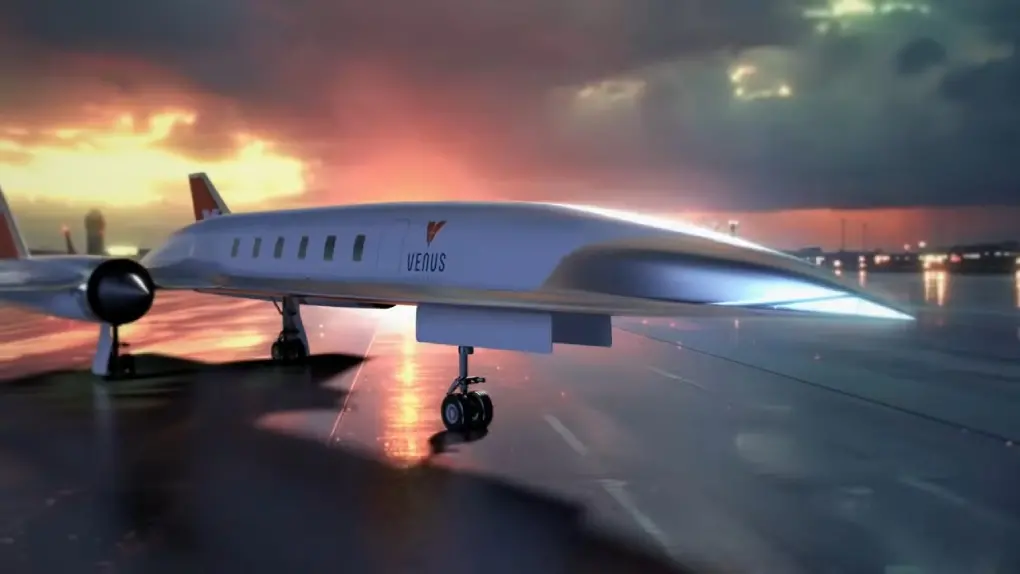 Image Source: Mathrubhumi English
Image Source: Mathrubhumi English
A new age of air travel is on the horizon as space pioneers sprint to bring hypersonic planes to market that can travel from London to New York in less than an hour. With speeds estimated at up to seven times the speed of sound, the next-generation planes have the potential to transform global connectivity, making it possible for transatlantic flights in less than 60 minutes.
The Technology Behind the Speed
-
The new hypersonic aircraft are intended to travel at Mach 6 (approximately 3,600 mph/5,795 km/h), six times the speed of sound, with some test aircraft already performing Mach 7 in unmanned flight.
-
The jets employ cutting-edge propulsion systems such as the Detonation Ramjet (VDR2) and scramjet engines, which draw in atmospheric oxygen to ignite the fuel in supersonic flight, making them more efficient than rockets.
-
Conventional jet engines are used for takeoff, followed by rocket or ramjet propulsion at high altitude for hypersonic cruise.
Flight Experience and Capabilities
-
The travelers will fly above existing commercial jet altitudes, experiencing views of the Earth's curvature and the blackness of space above.".
-
The predicted flight time from London to New York is as short as 45–60 minutes, down from the current 7–8 hours on subsonic aircraft and 3.5 hours on the now-retired Concorde.
-
The aircraft are being developed for passenger and freight transport, offering a new high-speed flight economy.
Industry Race and Milestones
-
Venus Aerospace is gearing up for a 2025 test flight of its hypersonic aircraft, powered by the VDR2 engine, with Velontra.
-
Hermeus and Sierra Space are also in the process of developing Mach 5+ aircraft, and Space Transportation is China's work on a "rocket with wings" space tourism and fast intercity transportation.
-
NASA has already successfully demonstrated Mach 7 flight with the unmanned X-43A scramjet to validate the technology's viability.
Challenges and Considerations
-
Major challenges include containing the sonic boom, keeping passengers safe at high speeds and altitudes, and creating engines that can safely switch between modes of propulsion.
-
Regulatory and environmental issues like noise and emissions must be resolved prior to commercial flights.
What's Next?
The initial test flights of these hypersonic aircraft are slated for 2025, and commercial flight could become a possibility within a decade if technical and regulatory hurdles can be cleared.
It may lead to a new era where international travel will take minutes instead of hours, radically changing business, tourism, and even geopolitics.
Sources: NDTV, New Scientist, YouTube/WION
Advertisement
Advertisement




